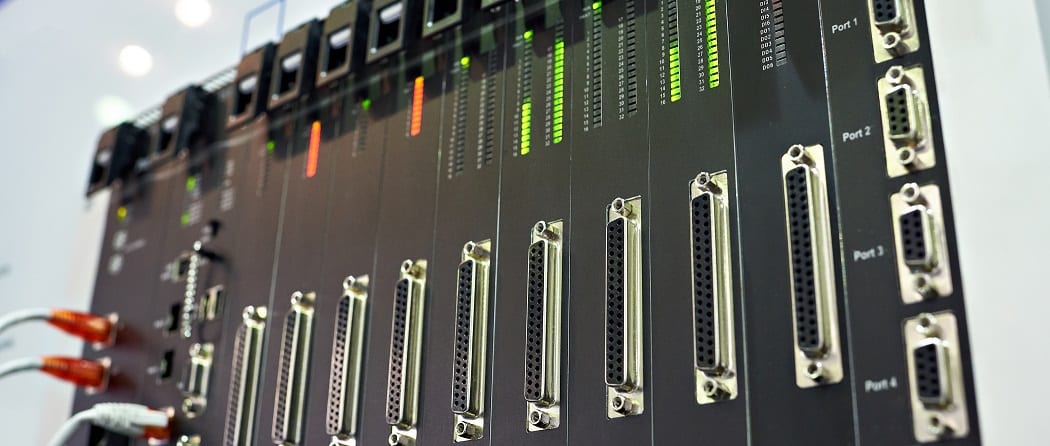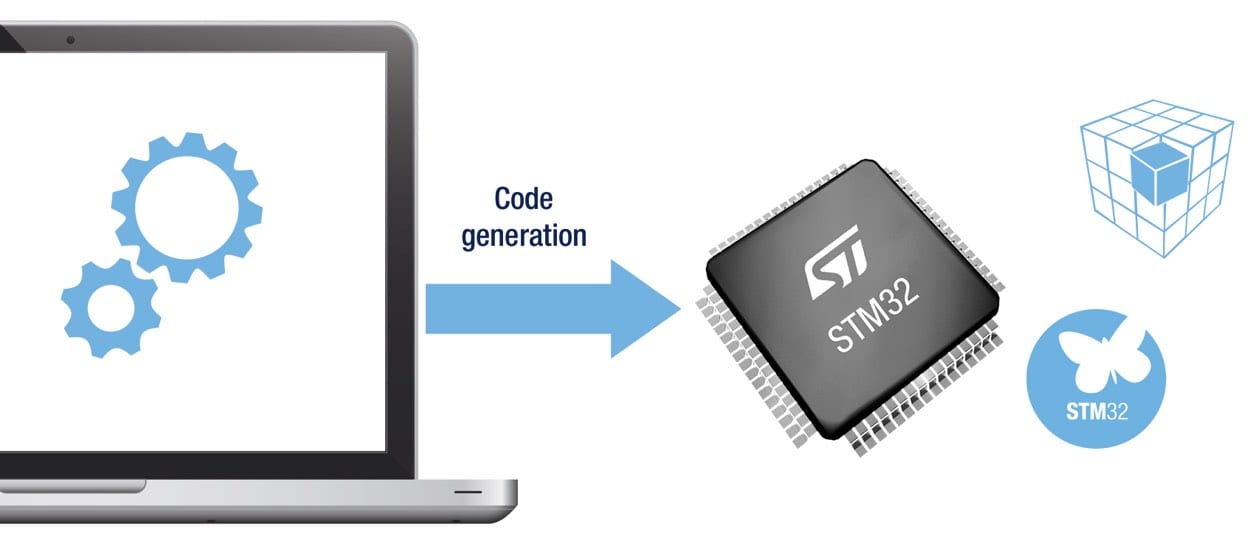Watch this 1-hour webinar on how to boost performance and efficiency in smart industrial sensor and actuator networks using ST’s IO-Link communication products and tools.
IO-Link Makes Factories Smarter
Most of the benefits of Smart Industry initiatives like Industry 4.0 and the Industrial Internet of Things (IIoT) will be enabled by the availability of real-time data from the factory and the possibility of taking near-real-time actions. Key to enabling this is sensor and actuator networks distributed throughout the work environment that can provide mission critical data such as machine performance, process steps, and inventory levels, among other things. This network of sensors and actuators is essential to delivering many of the benefits of smart industry such as more flexible mass production, higher efficiency, less waste, and optimized machine uptimes and lifetimes.
Many of the factories of tomorrow will be the factories of today, augmented with new technologies that pervade the industrial infrastructure. Installing large numbers of sensor and actuators would require lots of new connections and complex rewiring inside the factory. However, the IO-Link Consortium, a group made up of Programmable Logic Controller (PLC) manufacturers, sensor and actuator makers, software solution providers, and semiconductor suppliers have defined an attractive solution to this challenge – a communication protocol called IO-Link, that refers to the international standard IEC 61131-9.
What is IO-Link?
IO-Link is a powerful bidirectional point-to-point serial communication protocol that connects sensors and actuators. It was defined from the start with the following key benefits in mind:
- Plug-and-play capability
- Integrated diagnostics
- Remote parameterization and calibration
- Backwards compatibility
IO-Link allows three types of data to be exchanged – Process data (about the state of sensors or actuators), service data (device information, configuration, detailed diagnostics or status), and events (alarms or informational messages that should be delivered as soon as something happens).
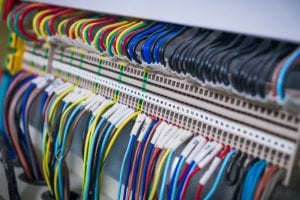
One of the key advantages of IO-Link is that it has been designed to easily replace existing systems with minimum disruption to cabling and infrastructure. It is standard 3-wire capable and can therefore use existing cabling and industrial connectors like M5, M8, or M12. Not just beneficial for upgrading existing systems, in new ones IO-Link reduces hardware, programming, and cabling cost vs traditional solutions. For example, IO-Links saves on cabling costs by aggregating sensor signals in a hub.
Traditionally sensor programming is done using a local interface but with IO-Link it can be done remotely. This makes replacement easier too, as IO-Link sensors and actuators can be swapped out and the parameters of the removed sensor automatically programmed into the replacement by the IO-Link controller. This allows for quick and error-free replacement of sensors and actuators with technicians no longer needed to go to the factory floor to calibrate the systems.
Factory operators can monitor sensor health, to minimize downtime and isolate issues. The data can be used for predictive maintenance, for example through Cloud-based services from the equipment manufacturers, so repairs can be made before a failure occurs, at a convenient moment for the production schedule.
IO-Link is also an enabler for mass customization, where one of the biggest obstacles is the time to reconfigure the system including all the sensors and actuators associated with the production. With IO-Link, manufacturers can automate and rapidly reconfigure sensors and actuators remotely.
IO-Link Solutions from ST
As a member of the IO-Link Consortium, ST offers a number of solutions for IO-Link to help customers quickly and easily prototype and develop their products.
The IO-Link Transceivers L6360 and L6362A enable a master and device solution for IO-Link. These products feature a wide application spectrum thanks to their voltage range and current-handling capabilities, maximum design flexibility, minimum power dissipation, and maximum efficiency. Of course, they also offer high reliability.
ARVE error: Mode: lazyload not available (ARVE Pro not active?), switching to normal mode
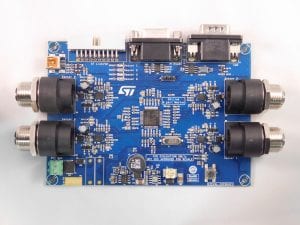
Several different evaluation boards are available. These include:
- The STEVAL-IDP004V1 with four separate L6360 ICs and an STM32 microcontroller designed to create a multi-port master system.
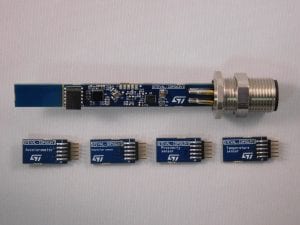
- The STEVAL-IDP003V1 with the L6362A IO-Link transceiver, an STM32 microcontroller, and several different sensors: temperature sensor STTS751, MEMS sensors IIS2DH and IIS328DQ, and proximity sensor VL6180X.


